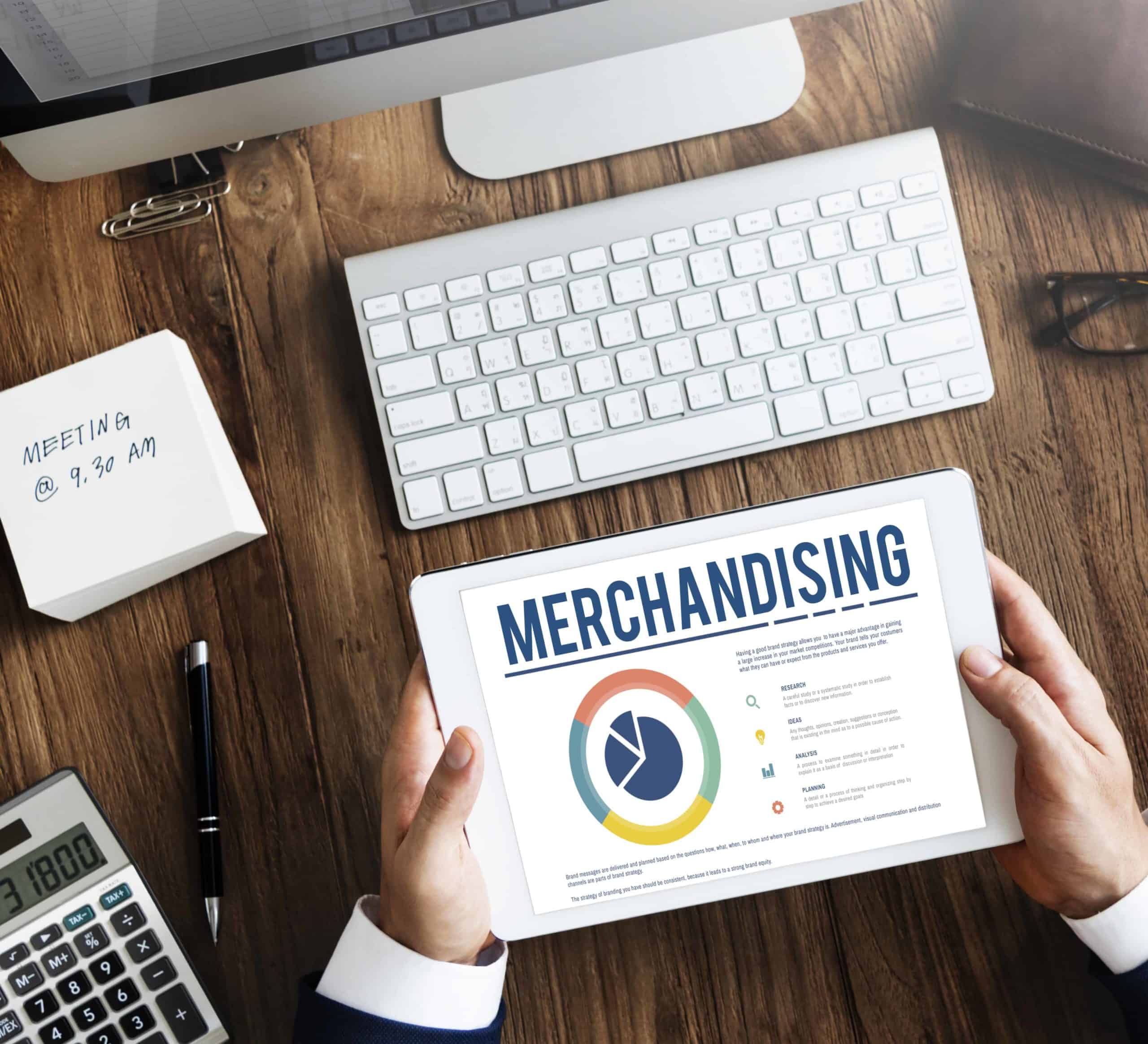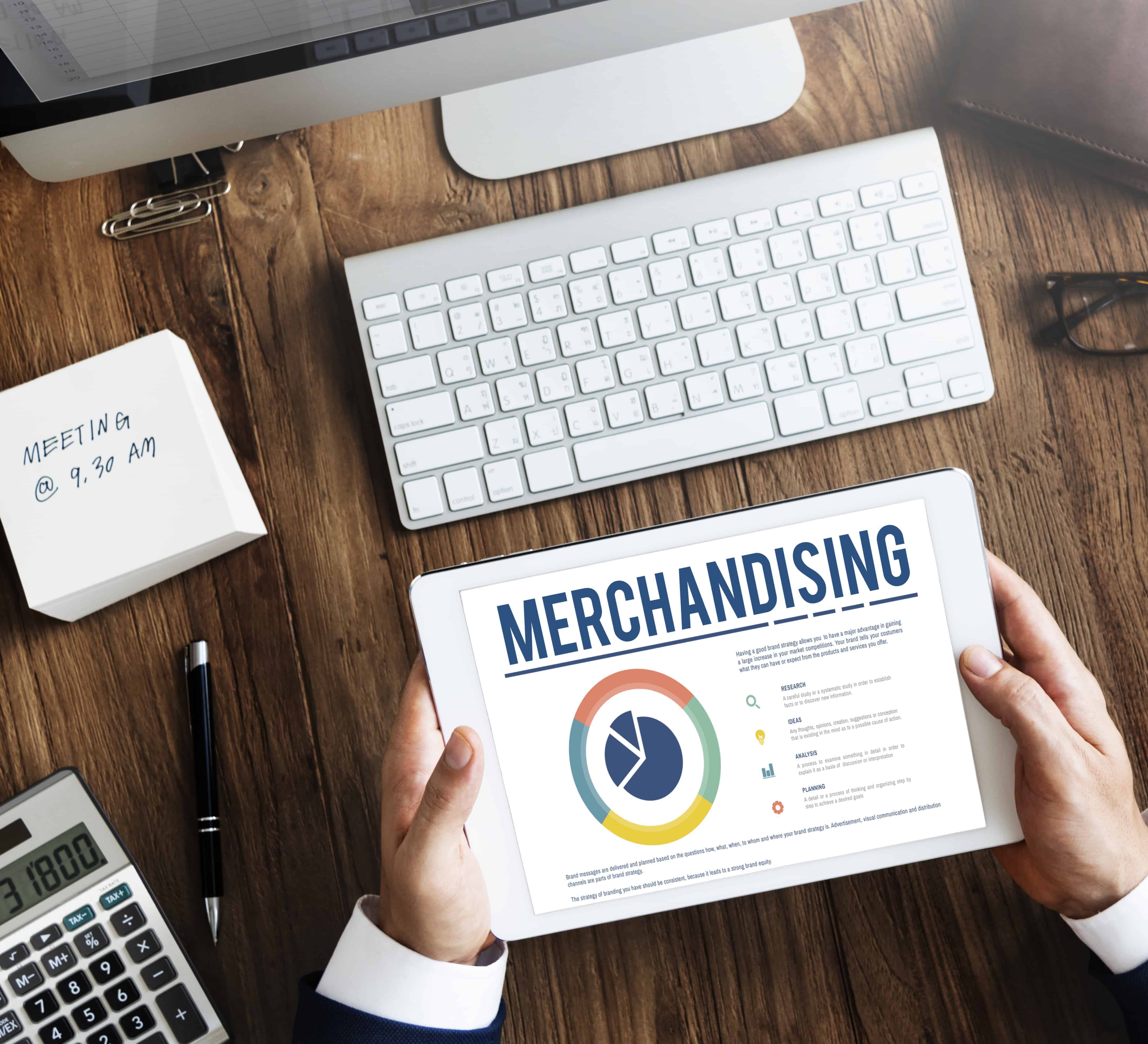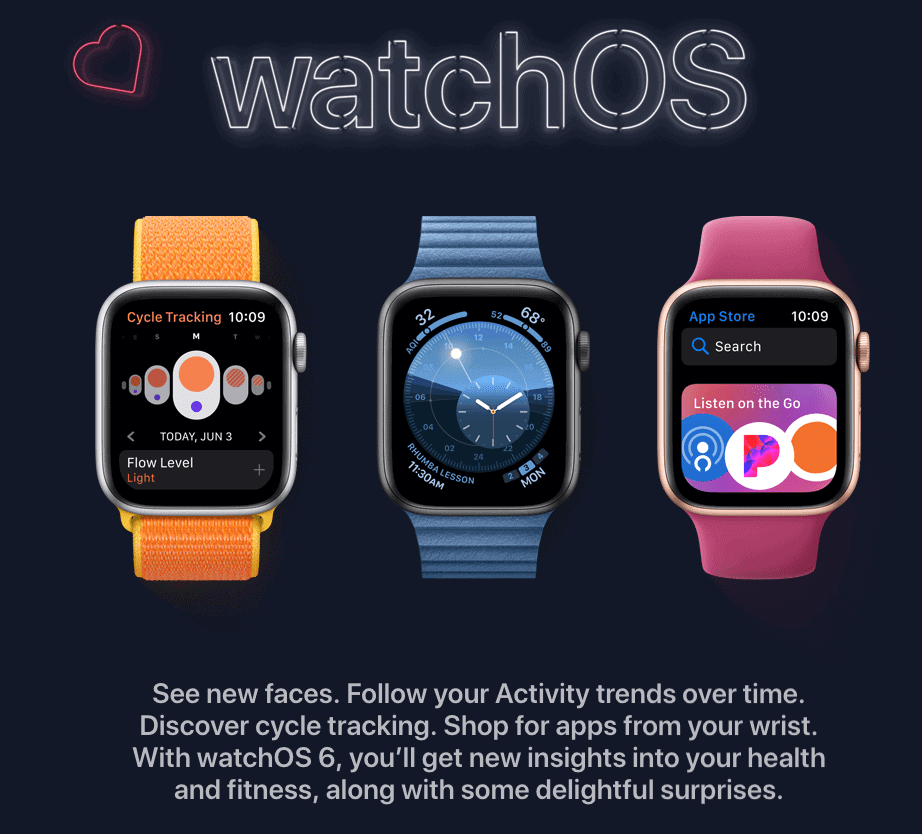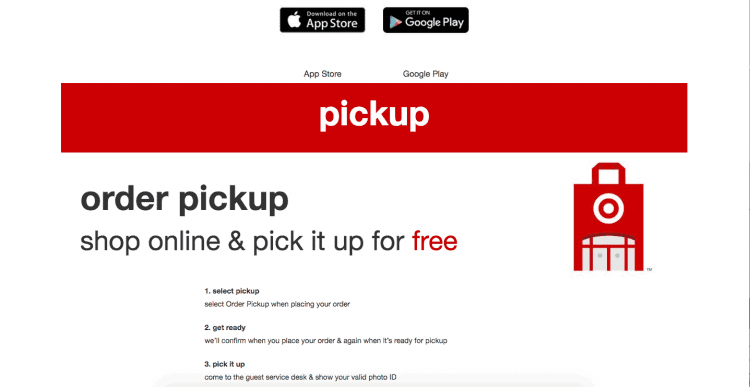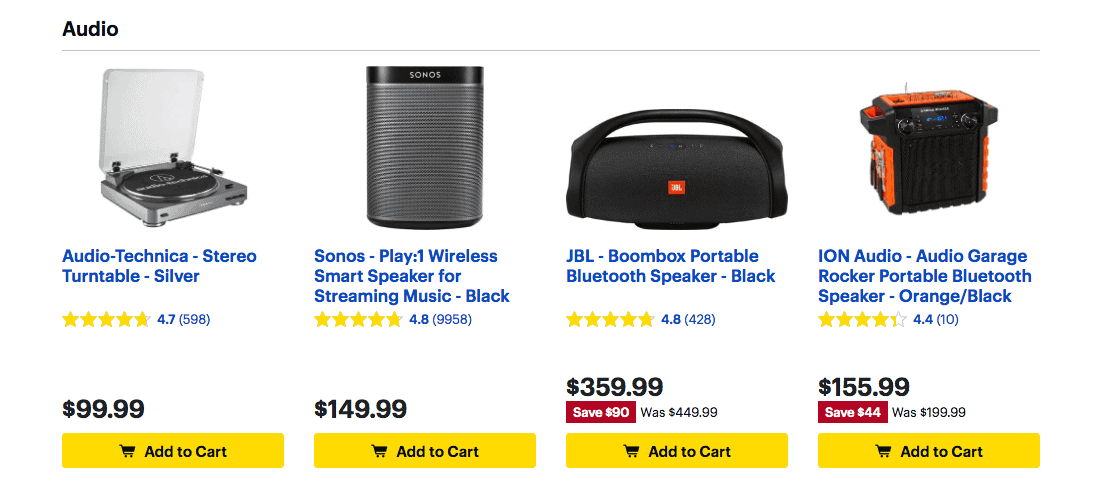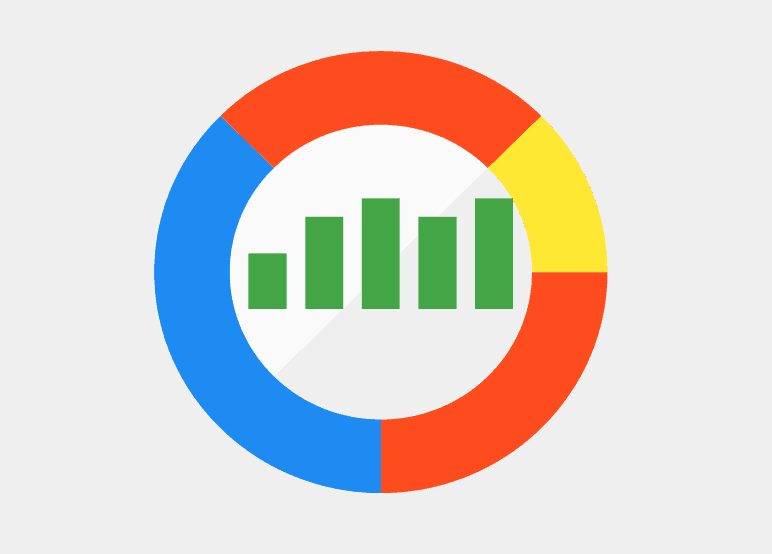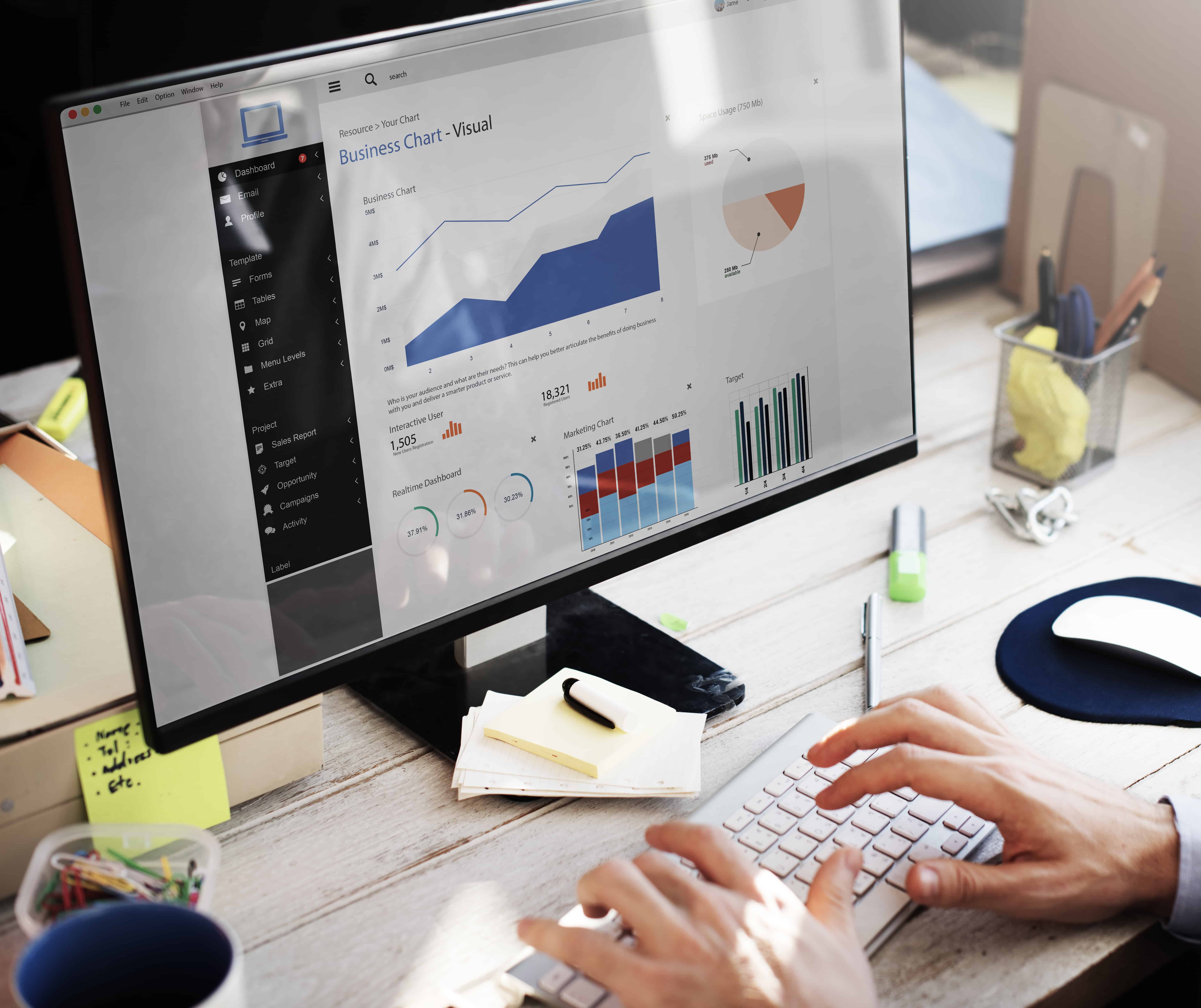What Is Merchandising? Using Google Analytics Data To Showcase Your Top Products [2019]
Have you ever heard the word “analytics” and broken out in a cold sweat? As intimidating as it sounds, analytics is an incredibly simple tool that has been working wonders in the eCommerce world.
Merchandising your product with Google analytics and product pro are two of the easiest ways to increase your conversion rates and website traffic. We’re glad you’re here. It’s never too late to start learning about web analytics and merchandising analytics.
What Is Merchandising?
In the simplest terms, merchandising is the art and science of displaying products or offers on a website with the goal of increasing sales. Merchandising can come in all different forms, and there are countless merchandising strategies that can help your online store’s performance. Here are a few great strategies that can help you increase conversion and gain more website traffic.
Merchandising With Product Pro
Here at epic, we have created an incredible tool that allows you to make bulk price adjustments, and even to display your products in a specific order, depending on which products you would like featured. This gives you complete control to re-work your category pages as needed, which the simple click of a button. Check out this quick tutorial video.

This incredible tool is only available to our epic clients, so contact us today to set up a demo, and we can show you how epic can be working for you for all your merchandising needs!
Merchandise Your Homepage
Your home page is the landing page that your potential customers will see first. It’s your first impression, and one of the most valuable places to advertise your featured products and services. Displaying an offer or a brand new product on your homepage will generate curiosity in your buyers. Check out Apple’s new dynamic homepage advertising their brand new Apple Watch. Their page is bold, bright, streamlined, informative, and features one big item at a time. Get your shoppers drooling, wanting to see more of what you offer.
Also check out the landing page for Walmart (pictured below), America’s #1 retail company. Their homepage is not quite as simplistic, featuring a selection of different specials, exciting services, trending items, and sale items. But, while they are featuring more than one product and service, they have managed to display their featured items in a neat, simple, eye-catching way.
Make your website homepage dynamic, and make sure you’re representing your featured items in a way that is clean, simple, organized, informative, and interesting.
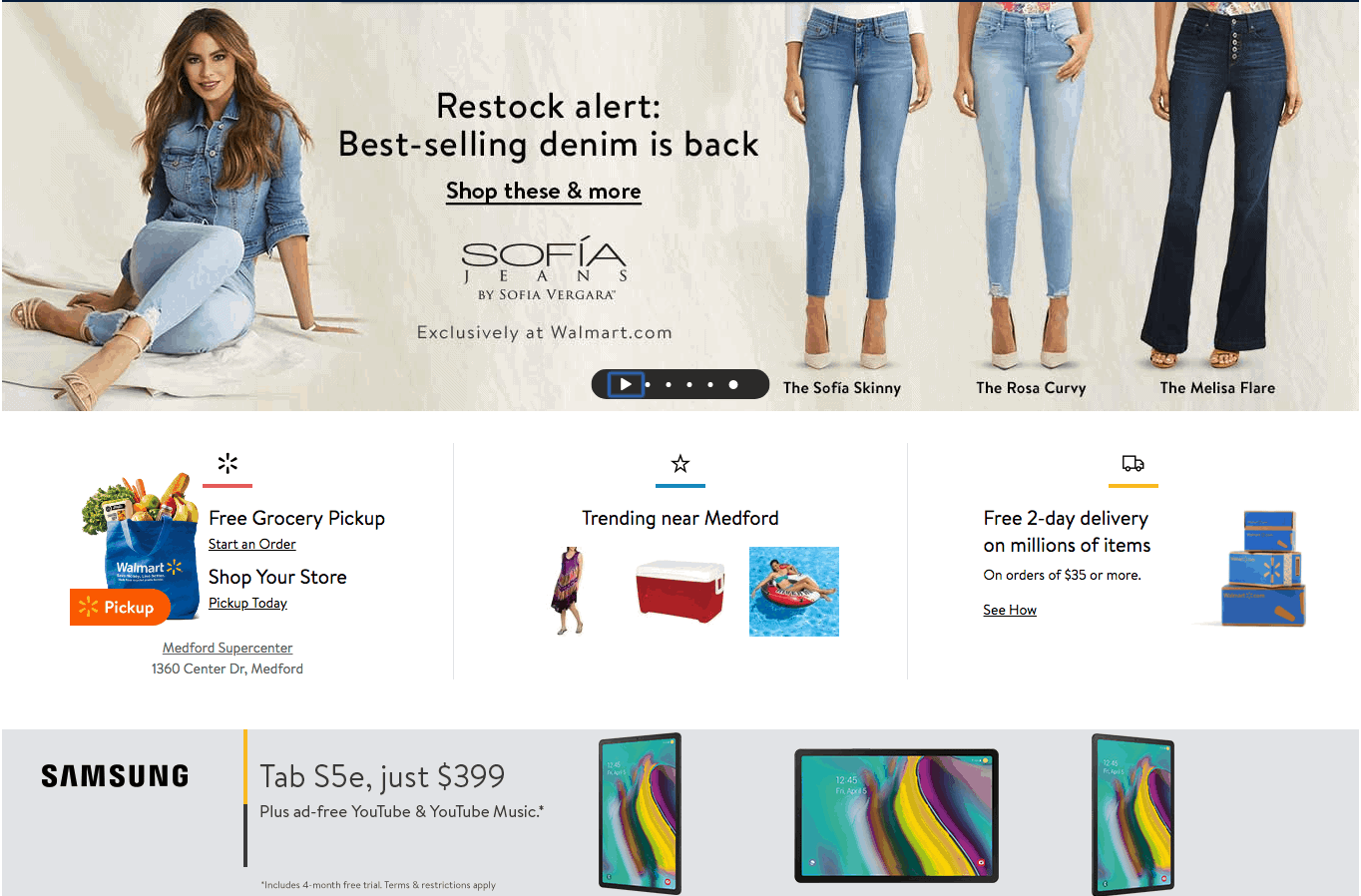
Display A Free Shipping Banner
Research shows that the number one reason shoppers abandon their cart is high shipping costs. Offering free shipping on your products already gives you an edge against your competition, and starts ranking you with online retail stores like Amazon Prime, Walmart and Target.
Showcase Seasonal Products
When you have a product or service that is linked to a holiday, make sure you’re advertising it! Featuring a seasonal good or even changing a product’s branding for a seasonal period (think Starbucks red Christmas cups) taps into a purchasing market of customers who may not ordinarily shop with you. Since shoppers are frequently online looking to make purchases around holidays, you have a whole group of customers who are primed to buy. If online shoppers are looking for Mother’s Day Flowers, and you’re running a Mother’s Day Special, make sure those potential customers know about it, but with advertising, and with features on your homepage!
Follow Category Page Conventions
eCommerce conventions have more or less dictated how category pages should appear in order to optimize your customer’s user experience. There is usually a product image, product name, price, a link for more information, and a link to add the product to your cart.
Since online customers have grown used to category pages looking a certain way, reinventing the wheel could cause confusion, frustration, and negatively affect your customer experience.
Use Product Videos
A lot of great products are being marketed using product videos. People like to know what they’re buying. Not only is it valuable to offer videos so customers can see all the angles of the product they’re looking to buy, hearing a personal testimony from someone who has used the product can be an invaluable incentive for a shopper who is on the fence. Product videos can tell a story. They are short and concise, but hold a lot of valuable information. They are humanizing. Build trust and reliability with your potential customer but making their shopping experience personal.
Check out this video from Kask advertising their Protone Helmet. It’s an example of a concise, visually appealing, informative product video that feels both human and professional.
Merchandising is such a valuable tool, but it can take some practice to learn how to merchandise well, and that’s where analytics comes in. Using analytics, you can determine which of your merchandising strategies are performing well, and which strategies may need to be retooled based on the data you collect.
What Are Merchandising Analytics?
eCommerce owners everywhere are discovering the value of analyzing their data. In fact, marketing has evolved from a creative process, to an almost entirely data-driven process in recent years.
Since eCommerce is an ever-growing, ever-changing market it’s important that you’re constantly looking at your numbers, analyzing your traffic and sales, and monitoring your website for success. Analytics are a great way to determine the outcome of your marketing campaigns, and guide future decisions for investment and consumer targeting. As GoSpotCheck remarks, “structured data is perhaps the most precious of all information, because organized data sets offer insights regarding customer preferences, market trends, and in-store execution.” In order to be a better business owner, it’s important to know your customer, know what they want, and be able to deliver it to them. It’s just like the old business saying goes, “whatever is worth doing is worth measuring.”
How Does An Analytics Platform Work?
Most website owners use a third party tool to analyze their data, such as Google Analytics. And while there are countless reliable free analytics tools that you can use, they generally perform the same function.
The third party analytics platform uses their programming to insert a piece of JavaScript code into the webpages that you want to monitor. When someone visits your website, the analytics program assigns that visitor a unique number code, which is generally stored in their browser cookie cache. It will then collect data (how the visitor arrived at the site (through a link or an ad), which pages they visit on your site, how long they spend on each page, etc. Finally, it sends all the information it gathers to the web analytics server. Then the analytics server can filter through the collected data and store it in the appropriate databases.
Some of the most common things an analytics tool will look for are:

- Audience Data
number of visits, number of unique visitors
new vs. returning visitor ratio
what country they are from
what browser or device they are on (desktop vs. mobile) - Audience Behavior
Common landing pages
Common exit page
Frequently visited pages
Length of time spent per visit
Number of pages per visit
Bounce rate - Campaign Data
Which campaigns drove the most traffic
Which websites referred the most traffic
Which keyword searches resulted in a visit
Campaign medium breakdown, such as email vs. social media
Why Do You Need Merchandising Analytics?
There are countless reasons why analytics is beneficial to your business, and all of them end up with the same conclusion: more traffic and higher conversion rate. But here are some highlighted reasons why we think it’s important to be monitoring your website and analyzing your website data:
It Helps You Know Your Customers And Improve Their Site Experience
When you understand what your customers are looking for, it gives you a better idea of who they are and how they behave. It can also be useful to knowing how they segment their keywords. You can take that insight and compare it to how you are segmenting. It helps you know how to adjust and readjust your marketing techniques to reach your widest potential target audience.
It Helps Identify Your Best Content
By analyzing data you can figure out which products are marketing well. Are you helping users meet their needs? Which advertising campaigns have been most effective? What video content do people most like to watch? What blog content do most viewers like to read? Knowing the answers to these questions will help you keep creating content and products that keep viewers and customers coming back for more.
It Boosts Your SEO Ranking
More frequent visits from site visitors (due to your incredible content) will boost your SEO score. The more visits and clicks you have, the higher you will rank with search engines like Google. If you can create dynamic content that viewers are willing to ingest, that also increases their visit time, which also positively affects your SEO ranking.
It Helps Identify Your Site’s Trouble Zones
Analyzing your data can help you identify the overall health of your website. Your website’s bounce rate is an important metric that is rumored to affect your SEO ranking. Using analytics you can determine when and where customers are leaving your site. Is it because of broken links? Slow load time? Poor aesthetics? Your customer’s patterns and data will help you determine which pages on your site need more attention.
Sign Up For Google Analytics
There are a lot of good analytics tools that can help you and your business, but Google Analytics is the standard website analytics tool. Not only is it fairly comprehensive in its’ data analysis, it is also free for use.
Here are some quick instructions on signing up for Google Analytics for your webpage.

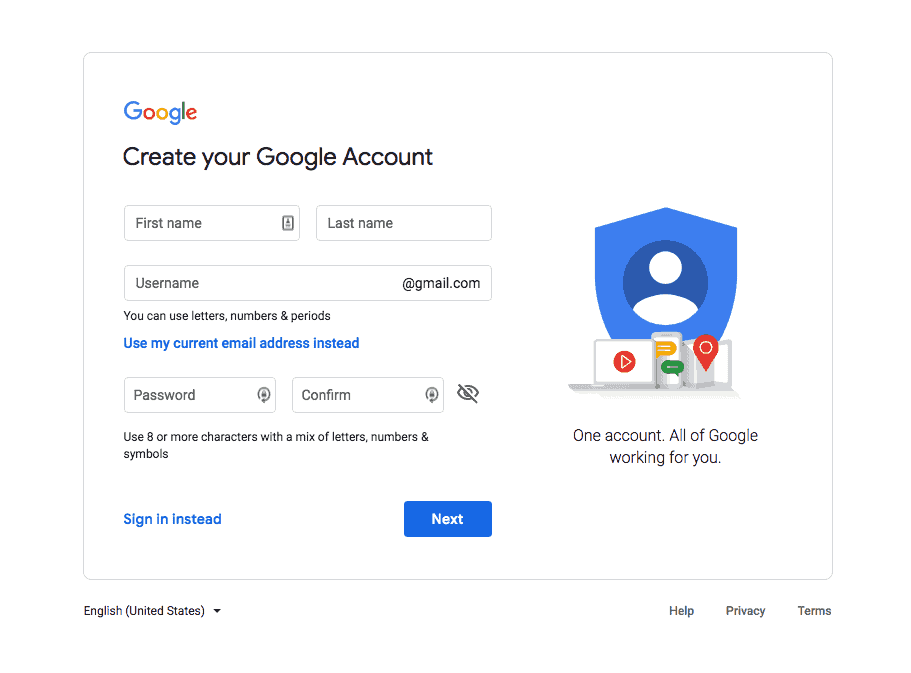
If you don’t have a Google Analytics account, here’s how to sign up.
1. Login to your Google account, or set one up here.
2. Open Google Analytics website and click “Sign In”.
3. Click “Analytics” at the top of the drop down menu that appears.
4. Sign Up for Analytics, and enter the settings for the site you want to start tracking. Make sure you’ve selected the “Website” option, and not the “Mobile App” option at the top.
5. Fill in your website details, customize your data sharing settings, and then click “get Tracking ID.”
6. Review and accept your Terms Of Service, and you’re done!
For a full guide with step-by-step instructions, as well as some FAQ on Google Analytics, check out this video from Orbit Media.
Using these tools can help you increase your conversion rate, boost your SEO ranking, and even help you improve customer satisfaction and feedback. Don’t forget to reach out to us today to get started building your business and your merchandising strategy!
[google-reviews-pro place_name=’epicShops Web Development, Marketing, and Consulting’ place_id=ChIJzRUqMYcMz1QRHKFK-OJ2xsk auto_load=true rating_snippet=true pagination=10 hide_photo=true write_review=true dark_theme=true view_mode=slider max_width=400px slider_hide_pagin=true slider_speed=5 slider_count=4 open_link=true lazy_load_img=true]
[et_social_follow icon_style=”slide” icon_shape=”rounded” icons_location=”left” col_number=”auto” outer_color=”dark”]
Real time Flowers Inc. | Passion Never Fails. | Terms, Conditions, and Privacy Policy



